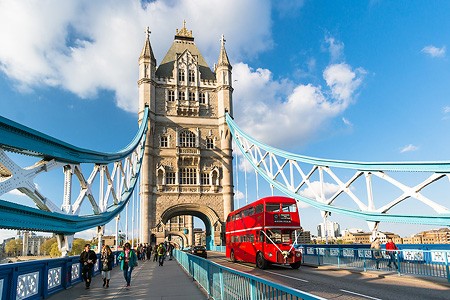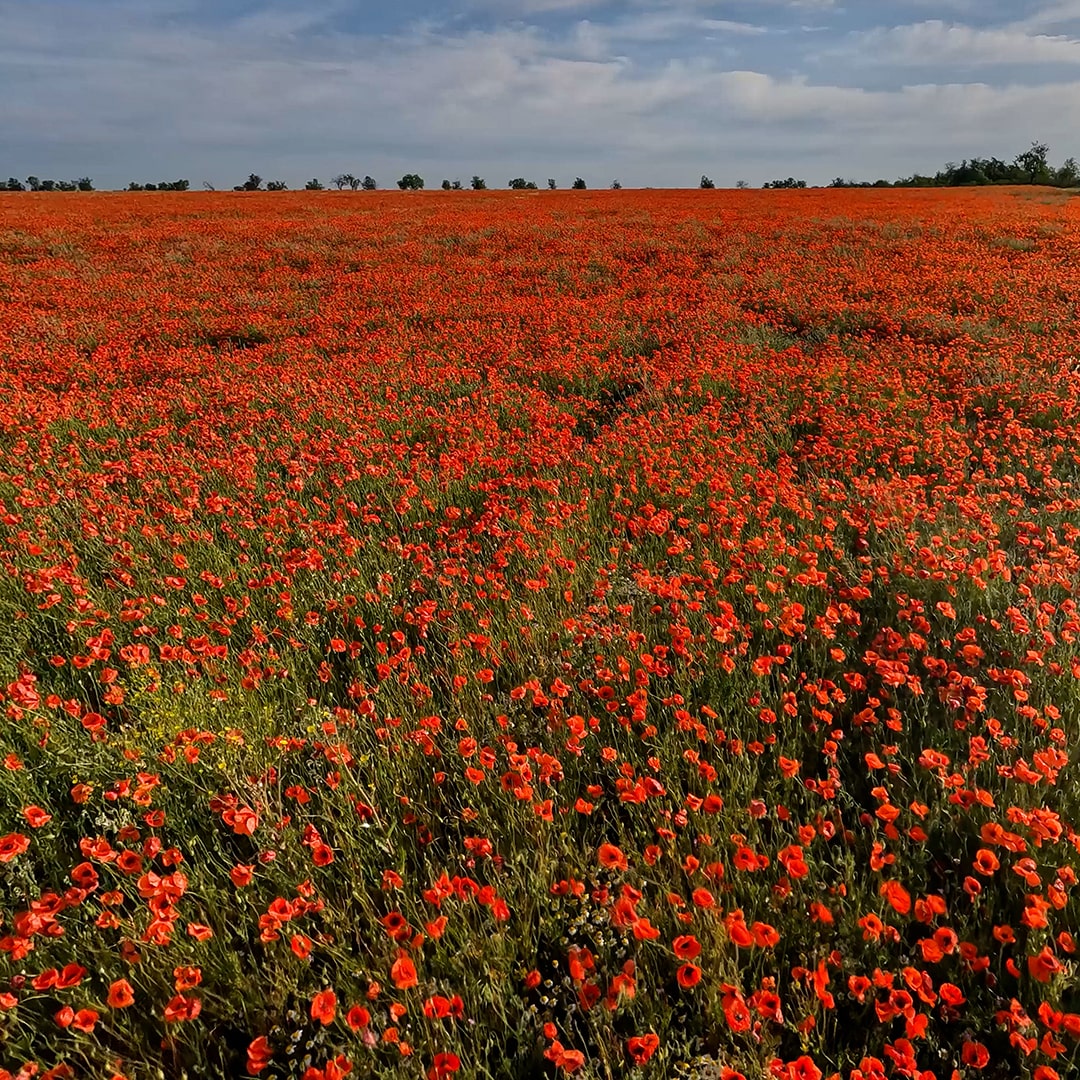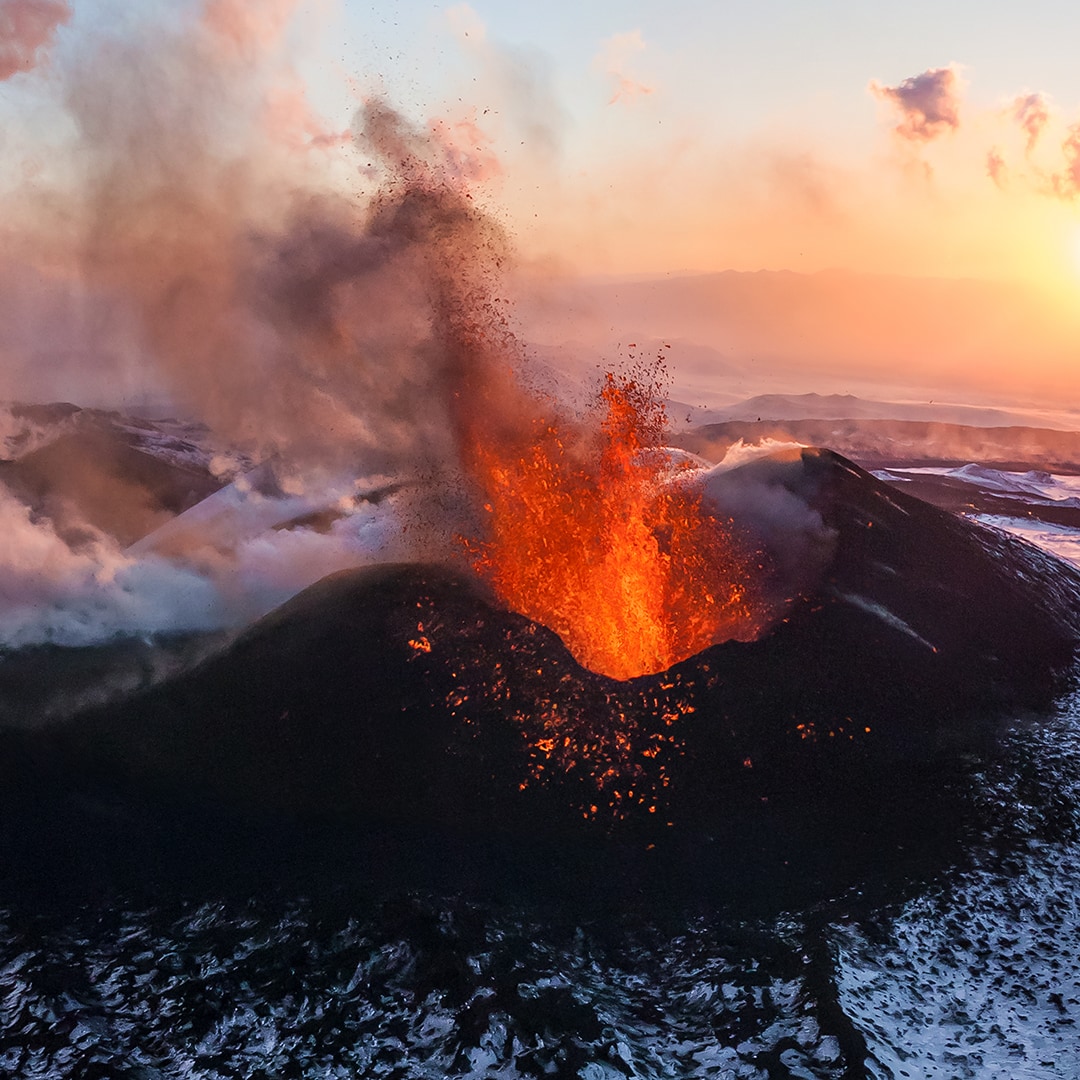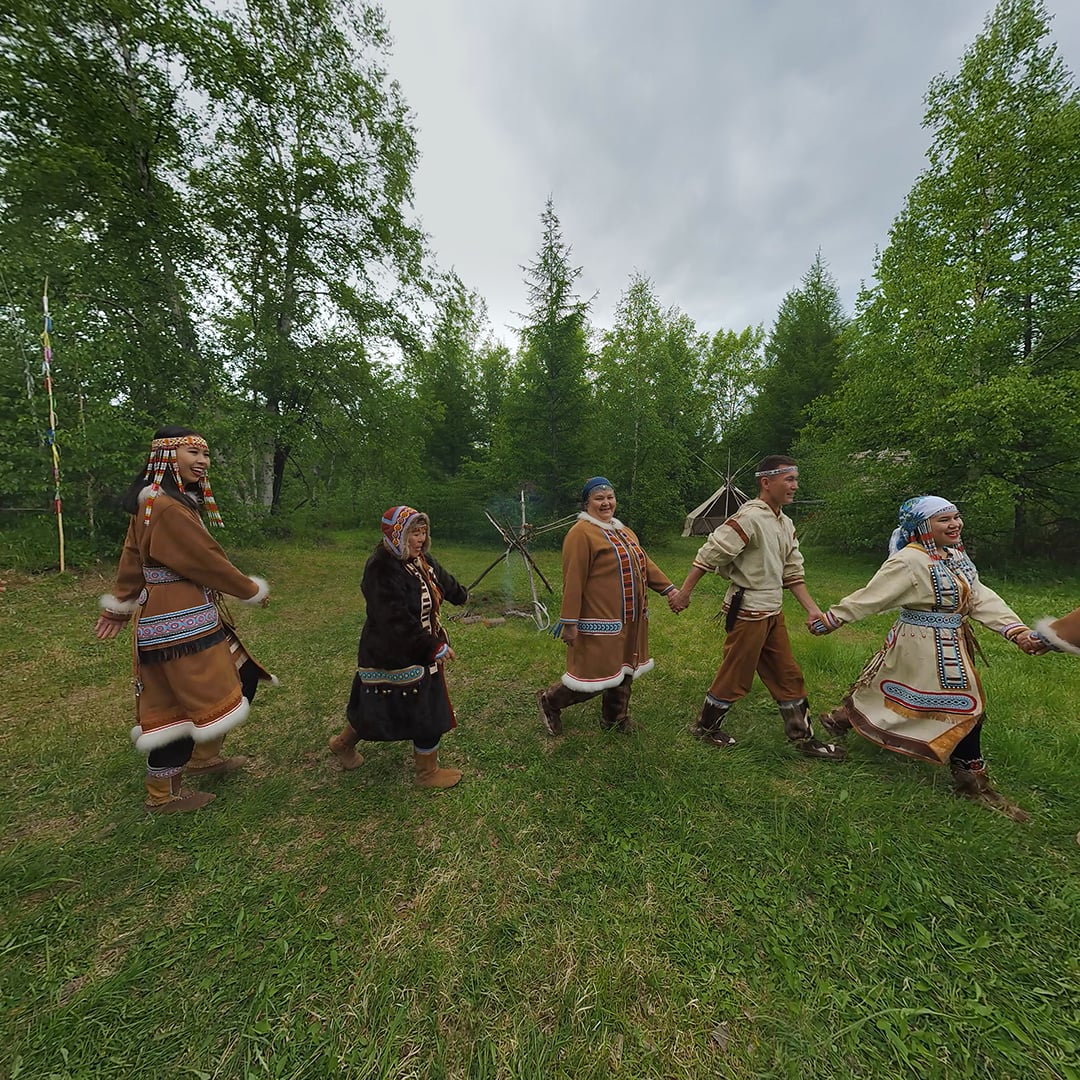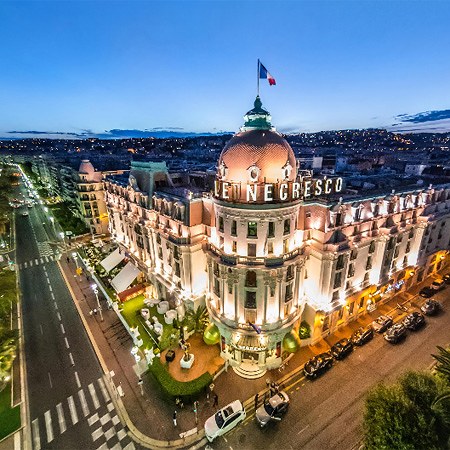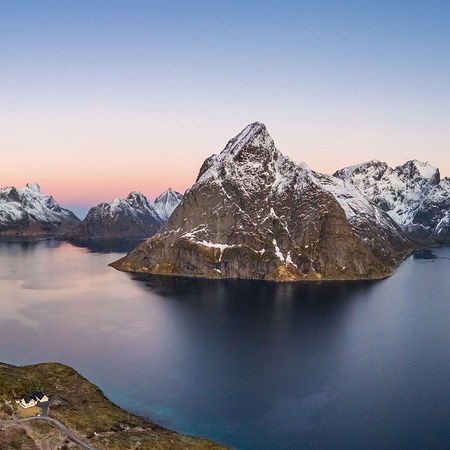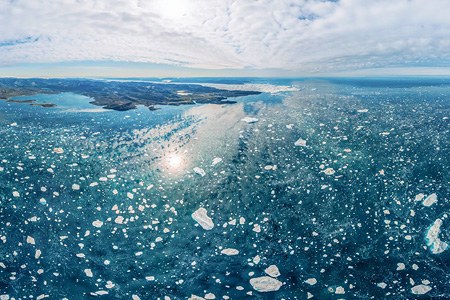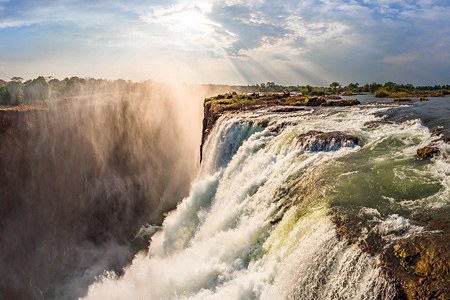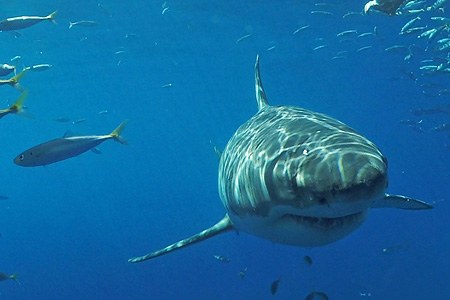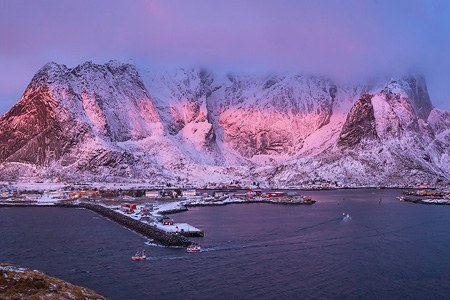Atlantic Coast of Northern Ireland, UK
Ireland is the third-largest island in Europe. Politically, it is divided between two states: Ireland in the south and the United Kingdom in the north. It is considered to be one of the most beautiful places in the world with its emerald green meadows, severe mountains, crystal clear lakes and the picturesque coast that are glorified in poetry, cinema, music and other arts.

New AirPano panoramas will make you acquainted with this wonderful corner of the earth. Although it is impossible to show all the natural and historical landmarks of Northern Ireland, even several chosen places will fully reveal the grandeur of the local landscapes.

One of the best-known places is the Giant's Causeway. It is the area of about 40,000 interlocking basalt and andesite columns up to 12 meters high. Most of the columns are hexagonal, although there are also some with four, five, seven or eight sides.

The columns were formed as the result of an ancient volcanic fissure eruption. But locals tell their own story. According to legend, the Celtic mythical hero giant Fionn mac Cumhaill (Finn MacCool) decided to fight the one-eyed monster Benandonner, but he did not want to get his feet wet, so he built a bridge in the Irish Sea. While he was having rest, the enemy got close to him, but Fionn's wife saved him. Having pointed at her sleeping husband, she lied that it was her baby. She also treated Benandonner to flatbreads with iron pans inside them, so that he broke his teeth on them. To her husband, however, she gave a normal flatbread so he ate it with pleasure. Having imagined the power of the father of this "child", Benandonner fled in horror and partially destroyed the bridge that eventually became the Giant's Causeway.
In 1986, this place was listed as a UNESCO World Heritage Site and has become a national nature reserve.

Another famous Irish bridge is Carrick-a-Rede stretching at a height of 30 meters. It links the mainland to the tiny island of Carrick. The bridge spans 20 meters with a width of only 1 meter making it swing at a faint breath of wind.
Its creation does not connect to mythology, but it reflects the history of these lands. The first rope bridge was built in the middle of the 17th century by fishermen so that during the salmon season in between June and September they could easily reach the island. But they had to rebuild it every single year as the ropes were getting rotten. Centuries later, very few salmon had left so now the fishing is over. But a modern version of the bridge was built as a tourist attraction. It was created using high endurance ropes and water-resistant wood, so it can carry the weight of up to 10,000 tons and cost 16,000 pounds.

All this area is marked with outstanding natural beauty. There are huge caves that served as houses for boat builders and as a refuge during storms. And Carrick island itself is a good example of the volcanic activity in Northern Ireland, as it was a part of the ancient volcano.
The village of Carnlough is of great interest, too. It is located on the coast of Carnlough Bay, in the north-eastern part of the island surrounded by majestic mountains, forests and waterfalls. Its ancient harbour attracts yachts that, in their turn, add some charm to the landscape.

The name of the village means "place of cairns": there is a lot of silicon in this area and the first people settled here 6,000 years BC. The long history of Carnlough is linked to Vikings and Scottish warriors. One of the local hotels was owned by Winston Churchill and this area served as a scene for Game of Thrones series.
The series creators also paid attention to another Irish village named Cushendun and being one of the top-10 most beautiful villages of Northern Ireland. This village is relatively young: at the beginning of the 20th century, it was designed by the famous British architect Clough Williams-Ellis. He was guided by the heritage of the Cornish people, who are a Celtic ethnic group native to, or associated with Cornwall and have created their unique architectural style. In 1980, the whole village with the surroundings was designated as a conservation area.

Get acquainted with Northern Ireland and its natural and cultural treasure!
Photos by Sergey Semenov
14 August 2019
Read more
Photogallery Above the Causeway Coast. Planet
Above the Causeway Coast. Planet
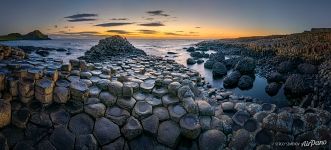 Giant’s Causeway
Giant’s Causeway
 Atlantic Coast of Northern Ireland
Atlantic Coast of Northern Ireland
 Above the Carrickarede. Planet
Above the Carrickarede. Planet
 Giant’s Causeway
Giant’s Causeway
 Giant’s Causeway
Giant’s Causeway
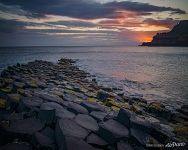 Giant’s Causeway
Giant’s Causeway
 Above the Carrick-a-Rede Rope Bridge
Above the Carrick-a-Rede Rope Bridge
 Cushendun
Cushendun
 Rainbow over the Giant’s Causeway
Rainbow over the Giant’s Causeway
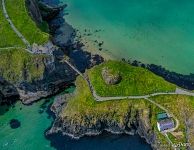 Carrick-a-Rede Rope Bridge
Carrick-a-Rede Rope Bridge
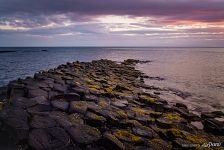 Giant’s Causeway
Giant’s Causeway

